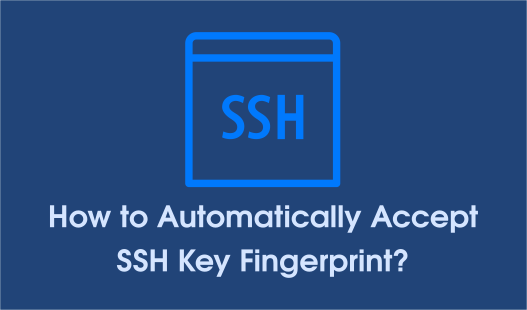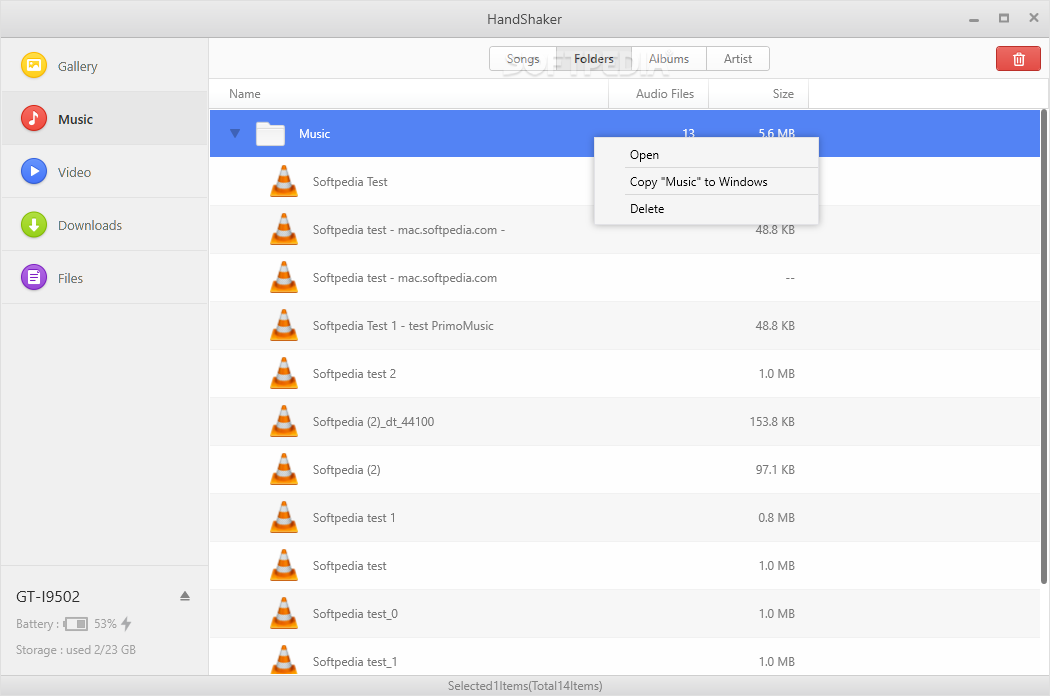

- Handshaker delete system file how to#
- Handshaker delete system file install#
- Handshaker delete system file portable#
- Handshaker delete system file android#
- Handshaker delete system file download#
Since all Android phones have the option to add an SD card, it is a popular and favorite way for storing and exchanging data between mobile devices and computers.
Handshaker delete system file install#
If you don’t want to install third-party apps for Android file transfer SD card comes in handy.
Handshaker delete system file how to#
How to transfer data from Android to Mac using SD card Need to transfer files from Android to Chromebook? Just like Windows and Mac, laptops running on Chrome OS support USB file transfer and the process is pretty simple too. How to transfer files from Android to Chromebook
Handshaker delete system file download#
You don't even need to download a file sync app for this. A few simple steps and you will get access to Android files from your Linux or Windows desktop. It’s an easy affair to transfer files from Android to PC. What should one do in such cases and for what reasons is Android File Transfer not working as expected? There are some troubleshooting steps you can try to fix this issue. The process can be tricky at times and the app can even stop working. Tips and tricks on Mac Android file transfer How to fix Android File Transfer Mac if it is not workingįor many, Android File Transfer is a convenient and easy way to transfer data and folders between Mac and devices running Android. MTP mode is an easy way to connect a variety of devices, including such devices as MP3 players or cameras.ĥ. ADB is recommended as a fast and smooth way to transfer files between devices. MacDroid has two modes one can connect devices in - ADB and MTP. Done! You can also create new, delete, duplicate, and rename Android folders directly on Mac. It also gives you a possibility to edit Android files in your favorite apps on Mac without actually saving them on computer - just open them through Finder, edit, and save the changes. This advanced version offers two-way file transfer - from Android to Mac and from Mac to Android. To get the advanced possibilities, you might want to consider MacDroid PRO. Free MacDroid allows an easy and efficient Android Mac file transfer. MacDroid is offered in two versions - free and PRO. Given a user-friendly and straightforward interface of MacDroid, you'll find file transfer a pleasant experience.
Handshaker delete system file portable#
Such devices include cameras, portable media players, etc. It also allows file transfer between Mac and other devices that can be connected to a computer in Single-Operation Mode. The main feature of MacDroid is to transfer files from Android to Mac, however it doesn't stop there.

Specify a file name with any relative or absolute path information for the path parameter. ' Catch exception if the file was already copied.Ĭatch dirNotFound As DirectoryNotFoundException ' Will not overwrite if the destination file already exists. ' Will overwrite if the destination file already exists.įile.Copy(Path.Combine(sourceDir, fName), Path.Combine(backupDir, fName), True) ' Use the Path.Combine method to safely append the file name to the path. | :? IOException as copyError -> printfn $""ĭim backupDir As String = "c:\archives\2008"ĭim picList As String() = Directory.GetFiles(sourceDir, "*.jpg")ĭim txtList As String() = Directory.GetFiles(sourceDir, "*.txt")ĭim fName As String = f.Substring(sourceDir.Length + 1) Let fName = f.Substring(sourceDir.Length + 1)įile.Copy(Path.Combine(sourceDir, fName), Path.Combine(backupDir, fName), true)įile.Copy(Path.Combine(sourceDir, fName), Path.Combine(backupDir, fName)) Let txtList = Directory.GetFiles(sourceDir, "*.txt") Let sourceDir = backupDir = picList = Directory.GetFiles(sourceDir, "*.jpg") Catch exception if the file was already copied.Ĭatch (DirectoryNotFoundException dirNotFound) Will not overwrite if the destination file already exists.įile.Copy(Path.Combine(sourceDir, fName), Path.Combine(backupDir, fName)) Will overwrite if the destination file already exists.įile.Copy(Path.Combine(sourceDir, fName), Path.Combine(backupDir, fName), true) Use the Path.Combine method to safely append the file name to the path. String fName = f.Substring(sourceDir.Length + 1) String txtList = Directory.GetFiles(sourceDir, "*.txt") string sourceDir = backupDir = picList = Directory.GetFiles(sourceDir, "*.jpg") The following example copies groups of files to the C:\archives\2008 backup folder and then deletes them from the source folder. The file is an executable file that is in use. The caller does not have the required permission.


 0 kommentar(er)
0 kommentar(er)
